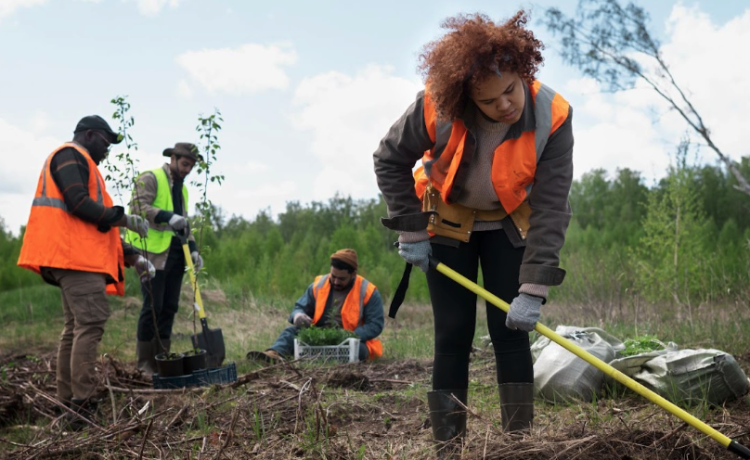Introduction
If you own a parcel in Fort Myers and you’re getting it ready for development, permits are not optional. They are the single thing that determines whether your crew starts on time or sits idle while the project burns money. This guide walks you through what permits you need, who issues them, and how to present your documentation so you don’t get stuck in a review loop.
Read this before you sign a clearing contract. It will save time, headaches, and fines, guaranteed.
Why permits matter
Permits show regulators you understand the risks to water, wetlands, and protected species. Fort Myers land is often adjacent to mangroves, wetlands, or drainage features that state and federal agencies protect. If you ignore those boundaries, expect stop-work orders or mitigation demands that cost far more than the upfront permitting.
When you treat land clearing fort myers work as paperwork you check off, you lose projects. When you plan permits into the schedule, you keep control.
Key agencies and who does what
There are three agencies you will commonly deal with.
Local permitting office handles county and city clearing permits, tree protection rules, and local ordinances. They often issue the clearing permit that lets your contractor start.
South Florida Water Management District reviews stormwater and drainage changes. If your clearing alters runoff or impacts flood control, SFWMD conditions will apply.
Florida Department of Environmental Protection looks at state-level environmental issues, especially water quality. When wetlands or mangroves are involved, expect FDEP conditions.
If wetlands or waters of the United States are present, add the U.S. Army Corps of Engineers to the list. That federal review commonly applies in Southwest Florida.
What a complete permit package looks like
A rushed application gets sent back. A complete package moves.
At minimum, your application should include a scaled site plan with clearing limits, a wetland delineation where applicable, a basic erosion and sediment control plan, and a species survey if protected wildlife is possible. If your site affects drainage, include a stormwater management concept.
Don’t hand reviewers half a map. Give them everything they need to say yes.
Practical steps before submitting
Get a wetland delineation if water features are even possible. Walk the site with a qualified biologist to check for gopher tortoises and other protected species before you clear anything.
Flag protection zones, create a tight clearing boundary, and draft a short narrative that explains why your clearing is limited to the necessary footprint. That narrative often prevents nitpicky review comments.
Common permit pitfalls
A few recurring errors cause the most delay: missing wetland delineations, inadequate erosion controls, unclear clearing limits, and failing to show mitigation options. Don’t be that project.
Also, make sure local tree ordinances are addressed. Removing protected canopy without permission triggers major fines and replanting obligations.
Timeline and costs
Expect quick local approvals when no wetlands or protected species are involved. Add several weeks to months when federal reviews are needed. Budget for consultant fees, permit application fees, and potential mitigation. Treat those costs as project insurance.
Practical tips for contractors and managers
Install erosion controls before clearing. Mark boundaries clearly on the ground. Train your crew to stop work if they discover a burrow or nesting site. Keep copies of permits on-site and post contact information for the project biologist.
Conclusion
Permit work is not paperwork to avoid. For land clearing fort myers projects, permits are the path to predictable schedules and realistic budgets. Get the assessments and plans done early, package the application fully, and respect buffers and protected species. Do those things and your project will move, and stay legal.











